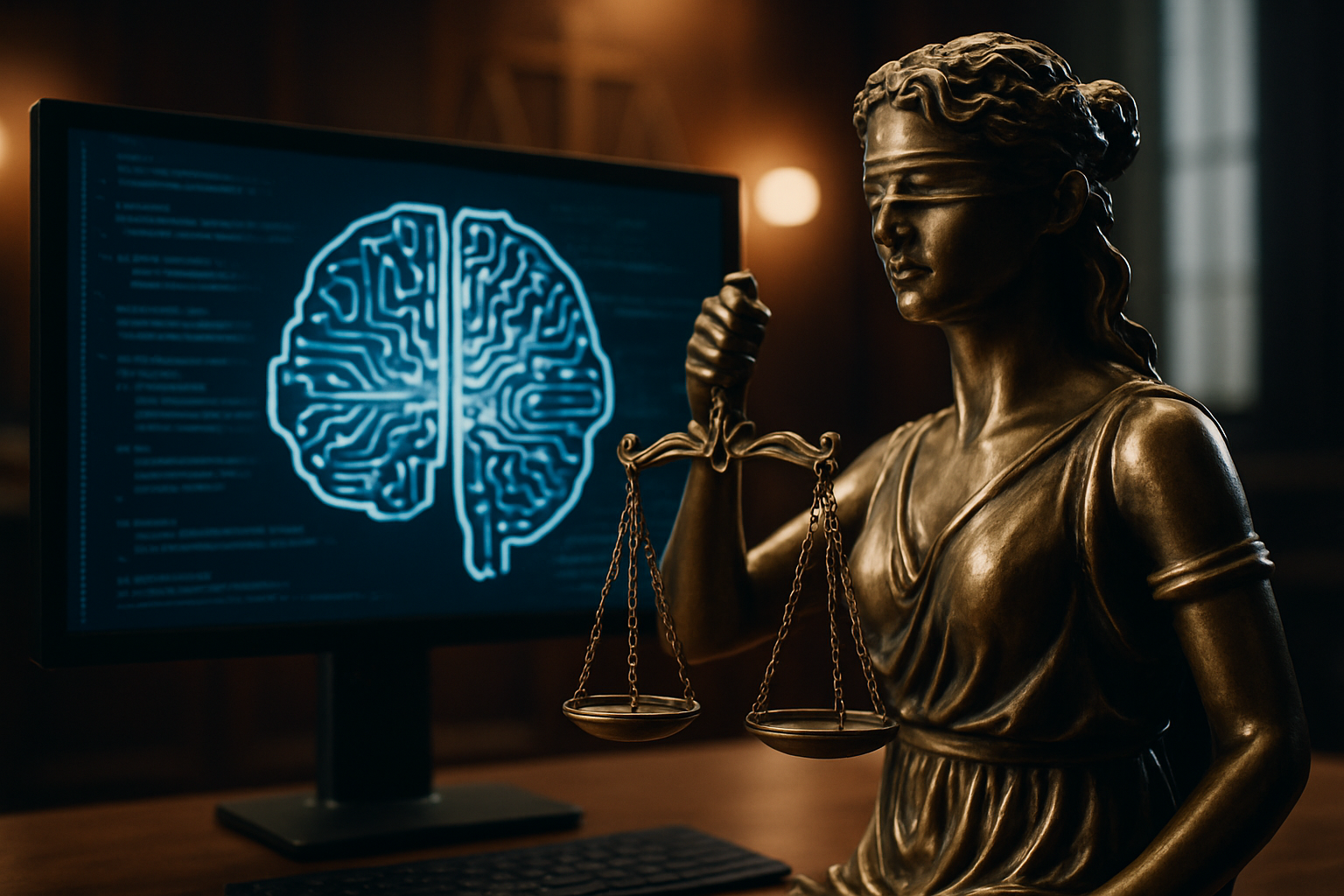Title: Algorithmic Fairness in Public Sector Decision-Making
In an era of rapid technological advancement, governments worldwide are increasingly turning to artificial intelligence and machine learning algorithms to streamline decision-making processes. From determining welfare eligibility to assessing recidivism risk in criminal justice systems, these powerful tools promise efficiency and consistency. However, the integration of algorithmic systems in public sector operations raises critical questions about fairness, accountability, and the potential for unintended bias.

Historical Context and Legal Foundations
The use of algorithms in government is not entirely new. Statistical models and computer-aided decision-making have been part of public administration for decades. However, the current wave of AI-driven algorithms represents a quantum leap in complexity and capability. The legal framework governing algorithmic decision-making in the public sector has its roots in administrative law principles of fairness, transparency, and due process.
Challenges of Algorithmic Bias
One of the primary concerns surrounding algorithmic governance is the potential for bias. Algorithms, despite their mathematical nature, are not inherently neutral. They can inadvertently perpetuate or even amplify existing societal biases encoded in the data they are trained on. This poses significant legal and ethical challenges, particularly when these systems are used in sensitive areas such as criminal justice or social services.
Legal and Policy Responses
Governments and legislatures around the world are grappling with how to regulate algorithmic decision-making in the public sector. Some jurisdictions have introduced laws requiring algorithmic impact assessments before deployment. Others have focused on transparency measures, mandating that government agencies disclose when and how algorithms are used in decision-making processes.
The Role of Human Oversight
A key aspect of ensuring algorithmic fairness is maintaining meaningful human oversight. Legal frameworks are evolving to define the appropriate balance between algorithmic efficiency and human judgment. Some jurisdictions are implementing right to explanation laws, which require that individuals affected by algorithmic decisions have the ability to understand and challenge those decisions.
Accountability and Redress Mechanisms
As algorithmic systems become more prevalent in government operations, establishing clear accountability structures becomes crucial. Legal scholars and policymakers are working to develop frameworks that assign responsibility when algorithmic decisions lead to harmful outcomes. This includes considering how traditional legal concepts like negligence and due diligence apply in the context of AI-driven decision-making.
International Perspectives and Harmonization Efforts
The global nature of technology development means that addressing algorithmic fairness requires international cooperation. Various multinational organizations are working towards developing common standards and best practices for the ethical use of AI in public administration. These efforts aim to create a more harmonized approach to regulating algorithmic governance across different legal systems.
Future Legal and Ethical Considerations
As algorithms become more sophisticated, new legal and ethical questions continue to emerge. Issues such as the right to human review of algorithmic decisions, the potential need for algorithm-specific anti-discrimination laws, and the implications of using predictive algorithms in areas like child welfare are at the forefront of legal discourse. The evolving nature of these technologies necessitates an adaptive and forward-looking legal framework.
In conclusion, the integration of algorithmic decision-making in public sector operations presents both significant opportunities and challenges. As governments continue to adopt these technologies, ensuring fairness, accountability, and transparency will be crucial. The legal landscape surrounding algorithmic governance is still in its formative stages, and its development will play a critical role in shaping the future of public administration in the digital age. Striking the right balance between innovation and protection of individual rights will be key to harnessing the full potential of algorithmic systems while safeguarding the principles of democratic governance.





